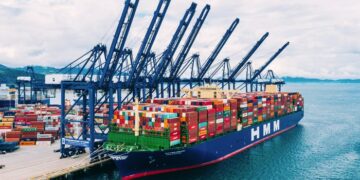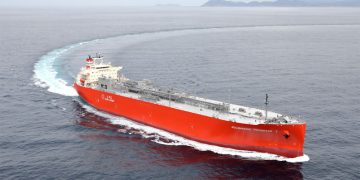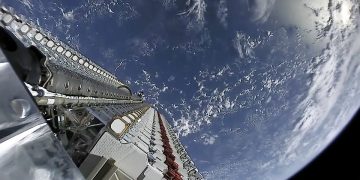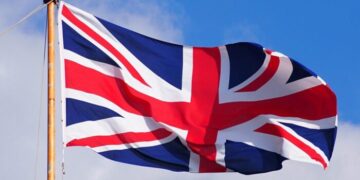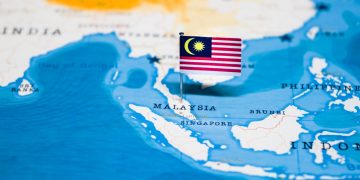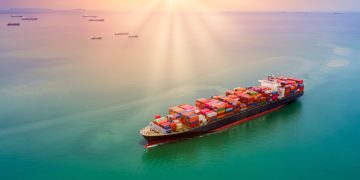Radar system designed for mapping ocean surface currents
Offering real time data for oil spill response, search and rescue A network of high-frequency radar systems designed for mapping ocean surface currents now provides detail of coastal ocean dynamics along the U.S. West Coast never before available.The network has grown over the last decade from a few radars to what is now considered the largest network of its kind in the world consisting of 78 sites in operation as of May 1.In a recent paper in the American Geophysical Union publication Journal of Geophysical Research -- Oceans highlighted in the AGU publication Eos, an integrated analysis led by Sung Yong Kim, a postdoctoral researcher at Scripps Institution of Oceanography, UC San Diego, reports several scientific aspects of coastal surface circulation derived from the West Coast high-frequency radar network, operated by a team of oceanographers.The researchers performed a multi-year synthesis of surface current observations, provided through a centralized data center designed and operated by Scripps in support of the U.S. Integrated Ocean Observing System, led by NOAA. Scientists have known for years that ocean currents at the ocean's surface are governed by a complex combination of factors including coastal tides, winds, Earth's rotation, synoptic ocean signals, and interactions of these ...
Read more





